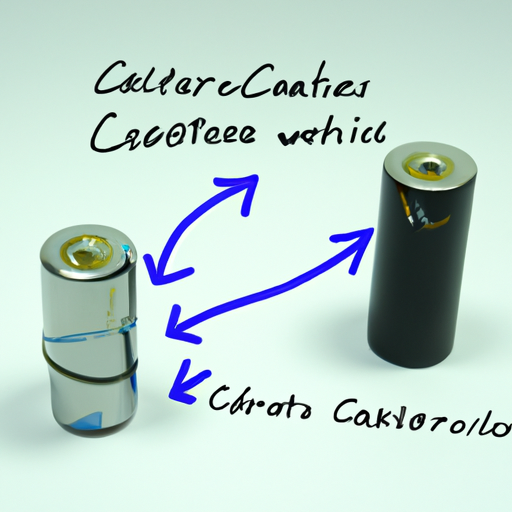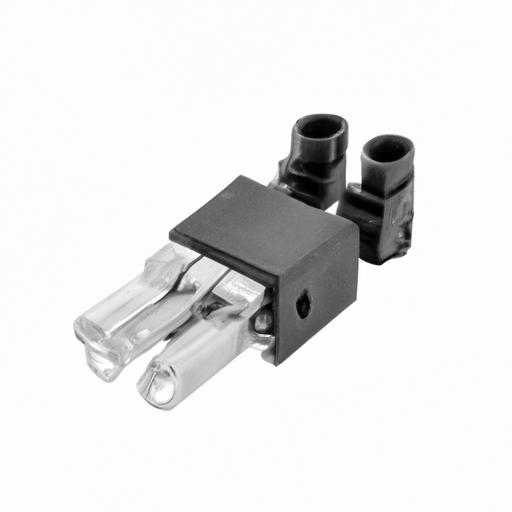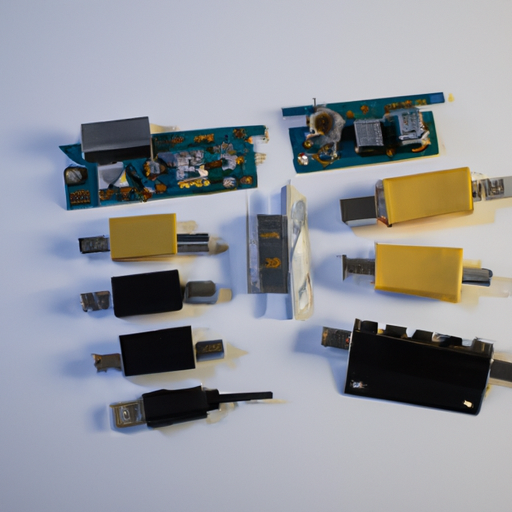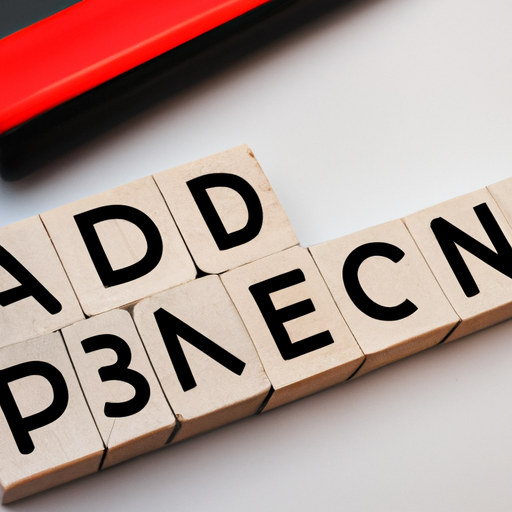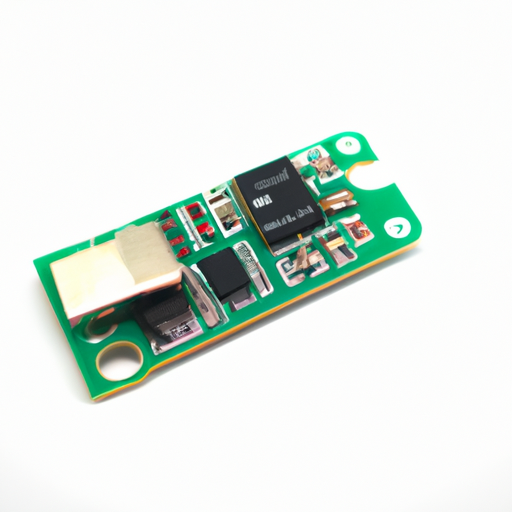How do electrolytic capacitors work?
How Do Electrolytic Capacitors Work?
I. Introduction
Electrolytic capacitors are essential components in modern electronic circuits, playing a crucial role in energy storage and signal processing. These capacitors are widely used in various applications, from power supply filtering to audio equipment, due to their ability to store large amounts of electrical energy in a compact form. In this article, we will explore the fundamental principles of capacitance, the structure and working mechanism of electrolytic capacitors, their characteristics, applications, advantages and disadvantages, maintenance considerations, and future trends in capacitor technology.
II. Basic Principles of Capacitance
A. Definition of Capacitance
Capacitance is the ability of a component to store electrical energy in an electric field. It is defined as the ratio of the electric charge stored on one plate of a capacitor to the voltage across the plates. The unit of capacitance is the farad (F), which is a large unit; most capacitors used in practical applications are measured in microfarads (µF) or picofarads (pF).
B. Explanation of How Capacitors Store Energy
Capacitors store energy by accumulating electric charge on their plates when a voltage is applied. When the voltage is removed, the stored energy can be released back into the circuit. This ability to store and release energy makes capacitors vital for smoothing out voltage fluctuations, filtering signals, and providing temporary power during brief interruptions.
C. Types of Capacitors and Their Applications
There are several types of capacitors, including ceramic, film, tantalum, and electrolytic capacitors. Each type has its unique characteristics and applications. For instance, ceramic capacitors are often used in high-frequency applications, while electrolytic capacitors are preferred for applications requiring high capacitance values, such as power supply circuits.
III. Structure of Electrolytic Capacitors
A. Components of an Electrolytic Capacitor
Electrolytic capacitors consist of four main components:
1. **Anode**: The positive terminal, typically made of aluminum or tantalum, which serves as one of the capacitor's plates.
2. **Cathode**: The negative terminal, which is usually a conductive layer formed by the electrolyte.
3. **Electrolyte**: A liquid or gel-like substance that facilitates ion movement between the anode and cathode.
4. **Dielectric Layer**: A thin oxide layer that forms on the anode's surface, acting as an insulator and allowing the capacitor to store charge.
B. Differences Between Electrolytic and Non-Electrolytic Capacitors
Electrolytic capacitors differ from non-electrolytic capacitors, such as ceramic or film capacitors, primarily in their construction and performance characteristics. Electrolytic capacitors are polarized, meaning they have a positive and negative terminal, while non-electrolytic capacitors can be connected in either direction. Additionally, electrolytic capacitors typically offer higher capacitance values but have limitations in terms of voltage ratings and lifespan.
C. Common Materials Used in Electrolytic Capacitors
The materials used in electrolytic capacitors include aluminum or tantalum for the anode, a liquid or gel electrolyte (often containing salts), and a dielectric layer formed by anodization. The choice of materials affects the capacitor's performance, including its capacitance, voltage rating, and temperature stability.
IV. Working Mechanism of Electrolytic Capacitors
A. Formation of the Dielectric Layer
The dielectric layer in an electrolytic capacitor is formed through an oxidation process. When the capacitor is manufactured, the anode is subjected to an electrolytic solution, which causes a thin oxide layer to form on its surface. This layer is crucial for the capacitor's operation, as it prevents direct contact between the anode and cathode while allowing electric fields to develop.
B. Charging Process
When a voltage is applied across the terminals of an electrolytic capacitor, the anode becomes positively charged, and the cathode becomes negatively charged. This voltage causes ions in the electrolyte to move towards the anode, where they accumulate and contribute to the electric field. The capacitor continues to charge until the voltage across its terminals equals the applied voltage.
C. Discharging Process
When the capacitor is connected to a circuit, it can release the stored energy. The stored charge flows from the anode to the cathode, creating a current in the circuit. This discharge process can be rapid or slow, depending on the circuit's resistance and the capacitor's capacitance value.
V. Characteristics of Electrolytic Capacitors
A. Capacitance Values and Tolerances
Electrolytic capacitors are available in a wide range of capacitance values, typically from a few microfarads to several thousand microfarads. They also come with tolerances, which indicate how much the actual capacitance may vary from the stated value. Common tolerances range from ±10% to ±20%.
B. Voltage Ratings
Each electrolytic capacitor has a maximum voltage rating, known as the rated voltage. Exceeding this voltage can lead to capacitor failure, often resulting in leakage or explosion. It is essential to select a capacitor with a voltage rating higher than the maximum voltage it will encounter in the circuit.
C. Equivalent Series Resistance (ESR)
ESR is a critical parameter for electrolytic capacitors, representing the internal resistance that affects the capacitor's performance. A lower ESR is desirable, as it minimizes energy loss and heat generation during operation. High ESR can lead to reduced efficiency and increased risk of failure.
D. Temperature and Frequency Response
Electrolytic capacitors have specific temperature and frequency response characteristics. Their performance can degrade at high temperatures, and their capacitance may vary with frequency. Understanding these characteristics is essential for selecting the right capacitor for a given application.
VI. Applications of Electrolytic Capacitors
A. Power Supply Filtering
One of the primary applications of electrolytic capacitors is in power supply circuits, where they filter out voltage fluctuations and provide a stable output. They smooth the rectified voltage in power supplies, ensuring that electronic devices receive a consistent power supply.
B. Signal Coupling and Decoupling
Electrolytic capacitors are also used for coupling and decoupling signals in audio and communication circuits. They allow AC signals to pass while blocking DC components, ensuring that only the desired signals are transmitted.
C. Timing Circuits
In timing circuits, electrolytic capacitors work alongside resistors to create time delays. The charging and discharging characteristics of the capacitor determine the timing intervals, making them essential in applications like oscillators and timers.
D. Audio Applications
Electrolytic capacitors are commonly found in audio equipment, where they are used for coupling and filtering audio signals. Their high capacitance values make them suitable for applications requiring significant energy storage.
VII. Advantages and Disadvantages
A. Advantages of Electrolytic Capacitors
1. **High Capacitance Values**: Electrolytic capacitors can achieve high capacitance values in a relatively small size, making them ideal for applications where space is limited.
2. **Compact Size**: Their design allows for a high energy storage capacity without occupying much physical space, which is advantageous in modern electronics.
B. Disadvantages of Electrolytic Capacitors
1. **Polarity Sensitivity**: Electrolytic capacitors are polarized, meaning they must be connected in the correct orientation. Incorrect connections can lead to failure or damage.
2. **Limited Lifespan**: These capacitors have a finite lifespan, often influenced by temperature and voltage stress. Over time, they can degrade, leading to reduced performance.
3. **Temperature Sensitivity**: Electrolytic capacitors can be sensitive to temperature changes, which can affect their capacitance and reliability.
VIII. Maintenance and Safety Considerations
A. Proper Handling and Storage
When handling electrolytic capacitors, it is essential to follow proper safety protocols. They should be stored in a cool, dry place, away from direct sunlight and extreme temperatures. Additionally, care should be taken to avoid mechanical stress that could damage the capacitor.
B. Signs of Failure
Common signs of capacitor failure include bulging, leakage, or a burnt smell. If any of these symptoms are observed, the capacitor should be replaced immediately to prevent further damage to the circuit.
C. Safe Disposal Methods
Electrolytic capacitors contain materials that can be harmful to the environment. Therefore, they should be disposed of according to local regulations, often requiring recycling or special disposal methods to prevent contamination.
IX. Conclusion
Electrolytic capacitors play a vital role in modern electronics, providing essential functions in energy storage, signal processing, and power supply stabilization. Understanding their structure, working mechanism, and characteristics is crucial for selecting the right capacitor for specific applications. As technology advances, the development of new materials and designs will likely lead to improved performance and reliability in electrolytic capacitors, ensuring their continued relevance in the ever-evolving world of electronics.
X. References
A. Suggested readings and resources for further exploration include textbooks on electronic components, capacitor technology, and online resources from reputable electronics manufacturers.
B. Academic papers and articles on capacitor technology can provide deeper insights into the latest research and advancements in the field, helping enthusiasts and professionals stay informed about emerging trends and innovations.

